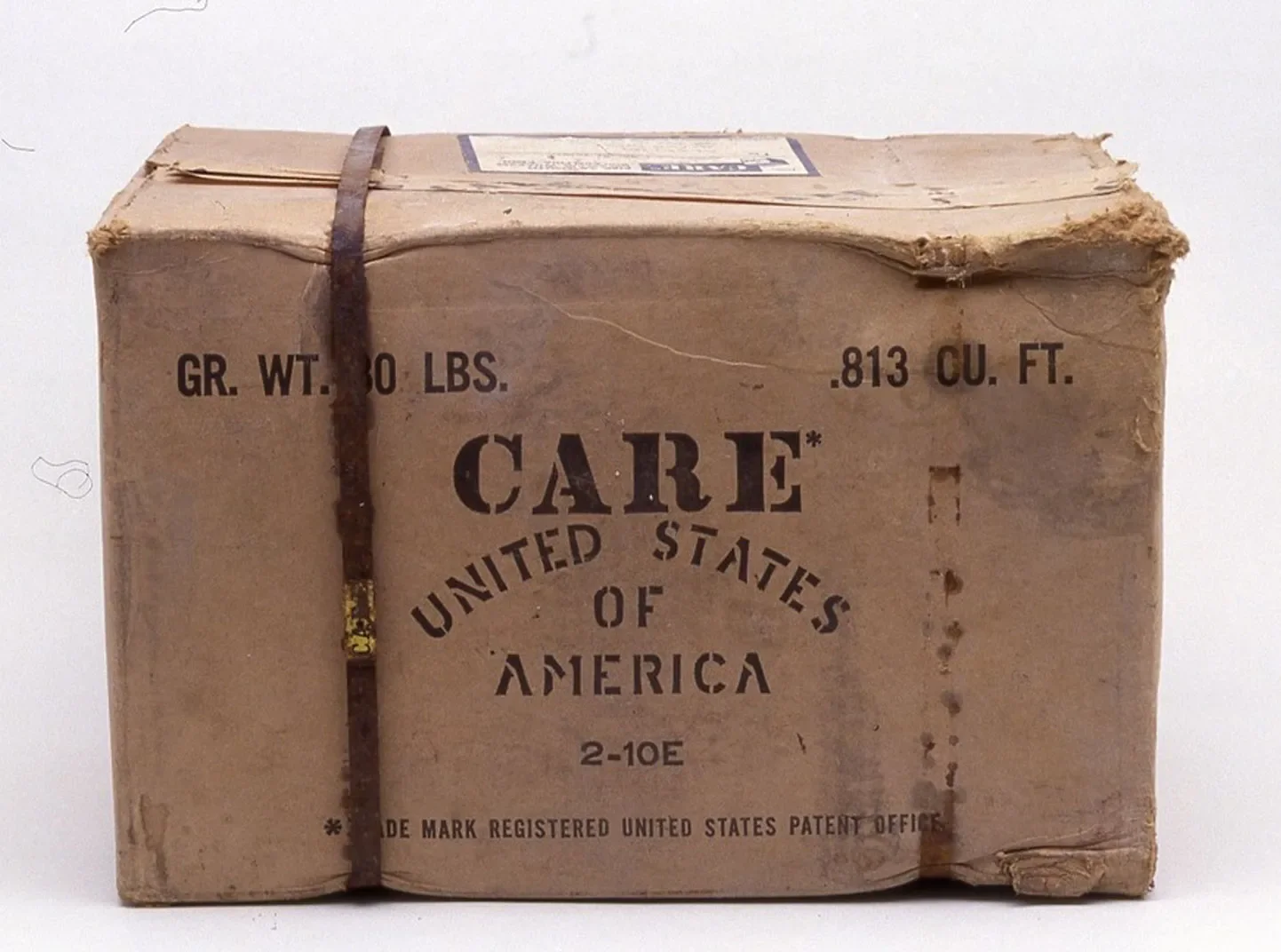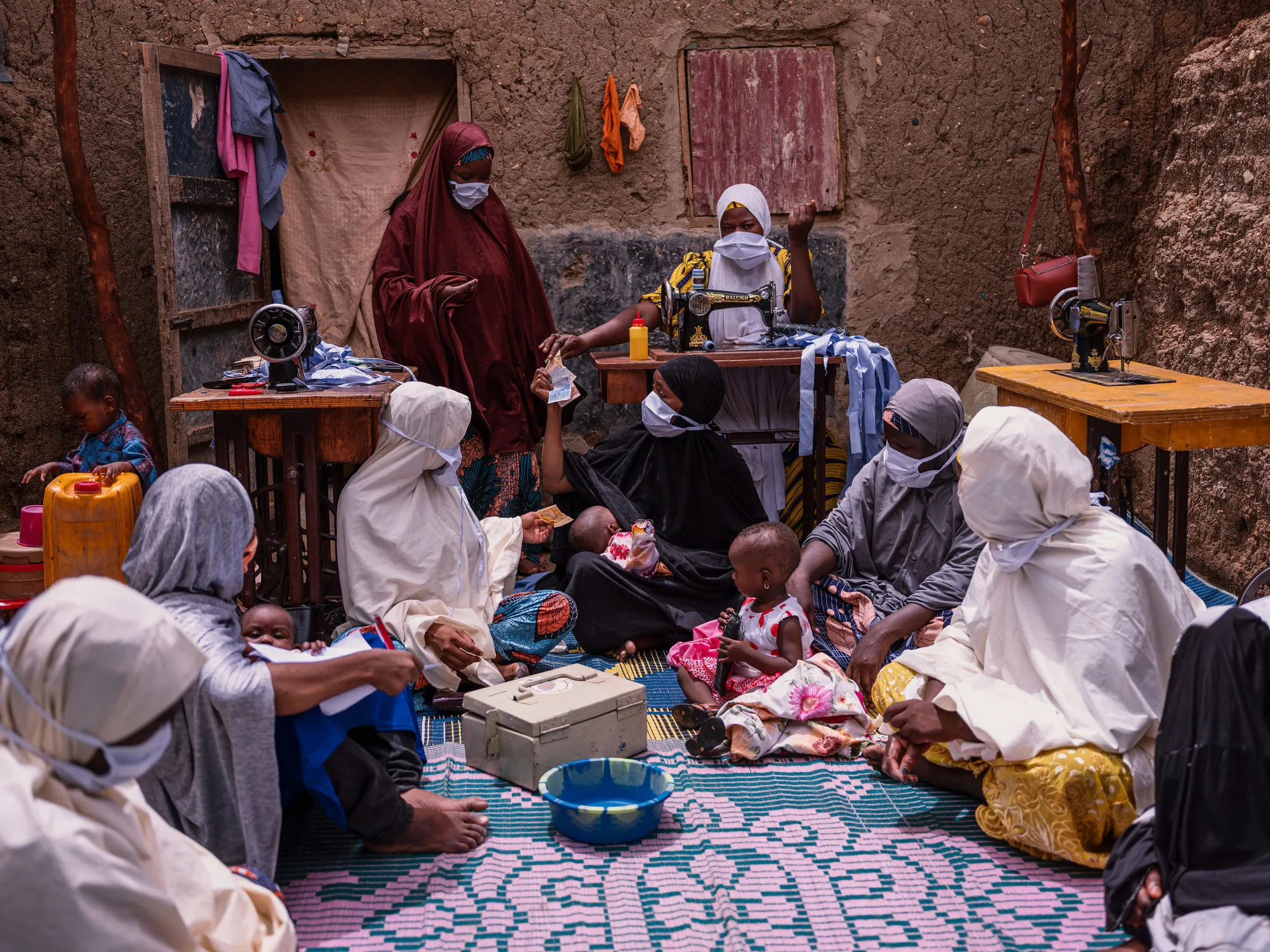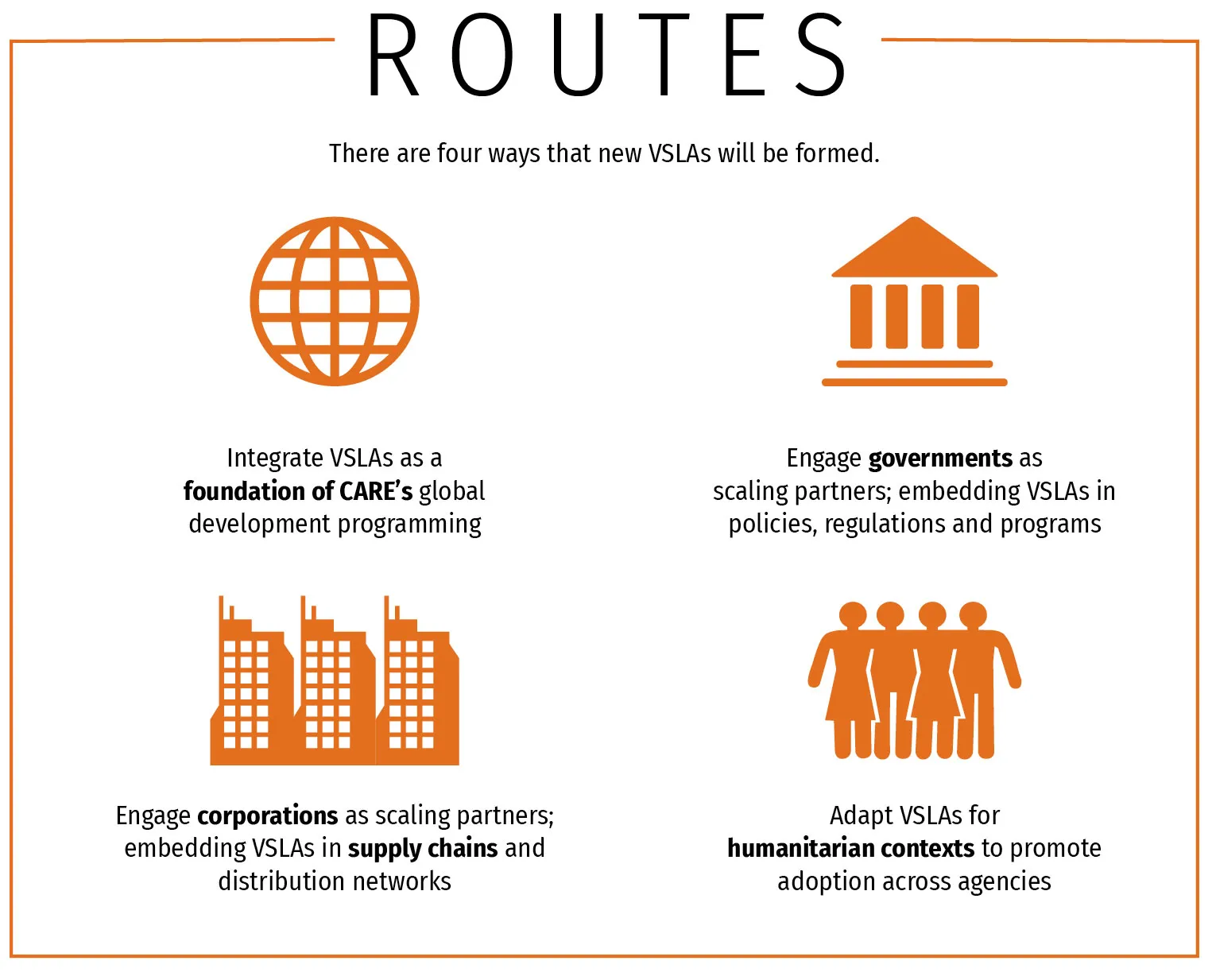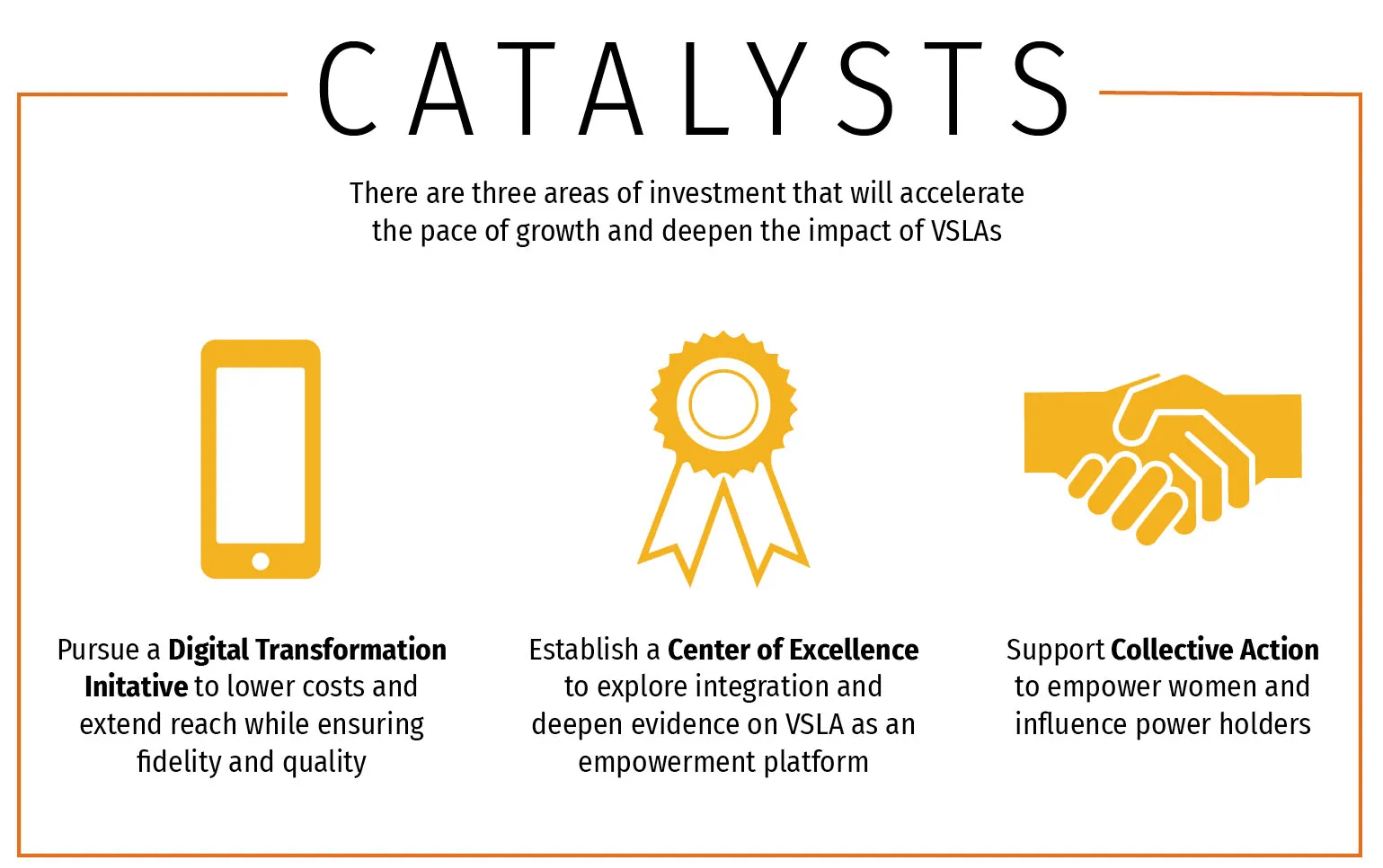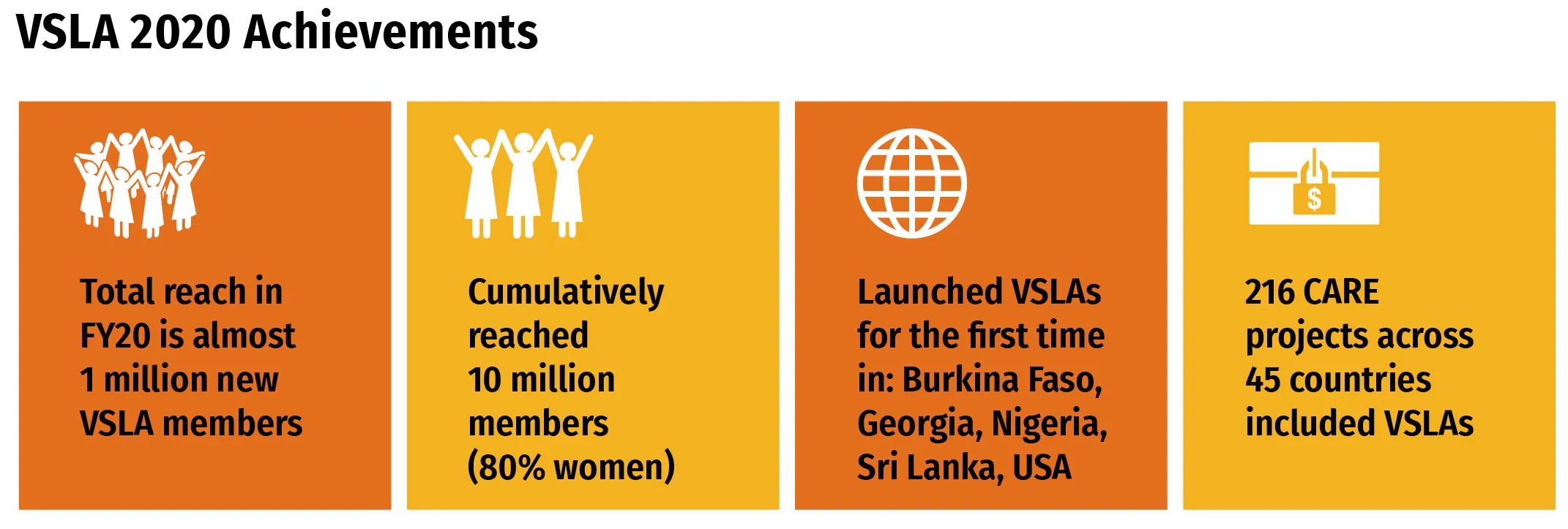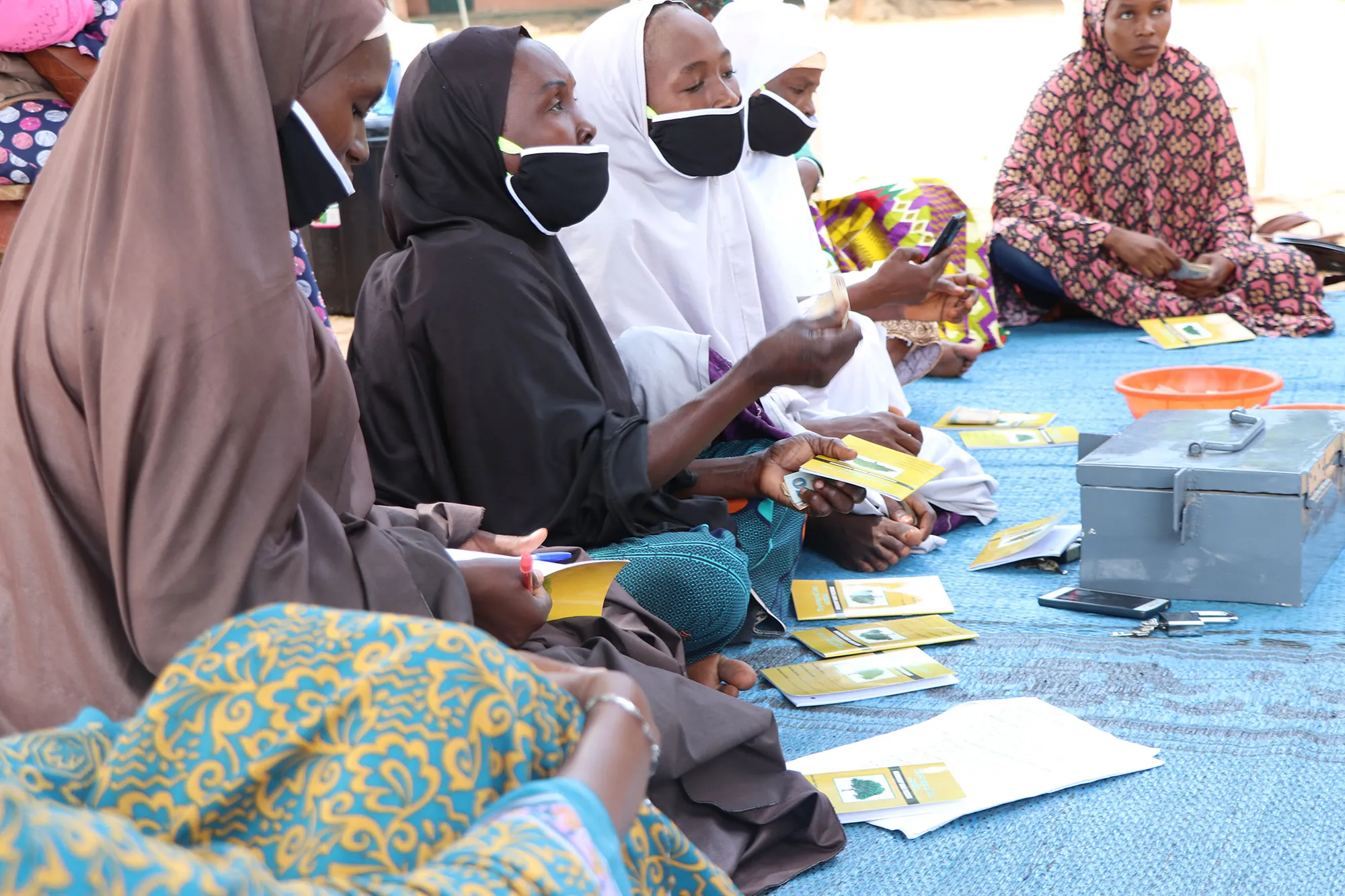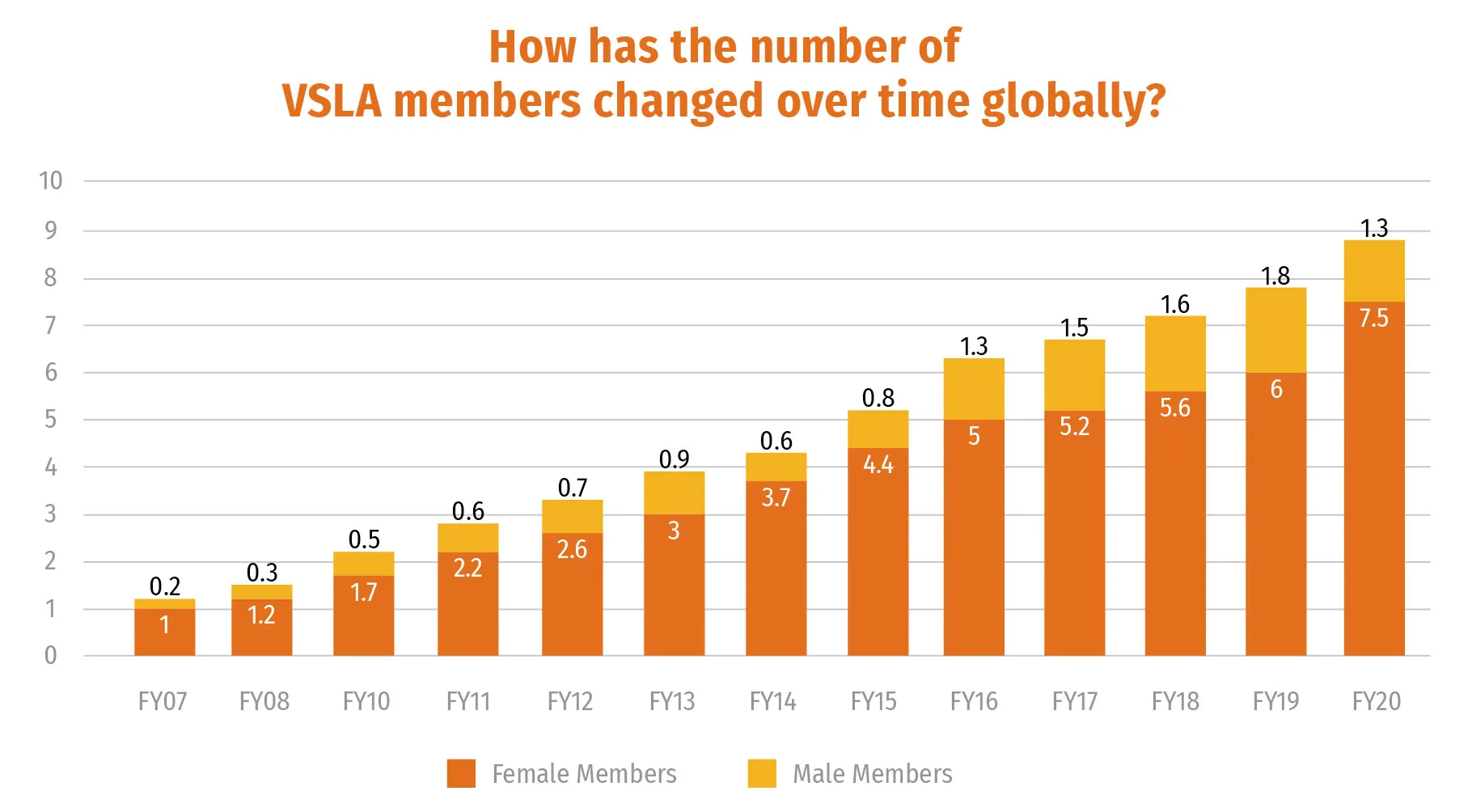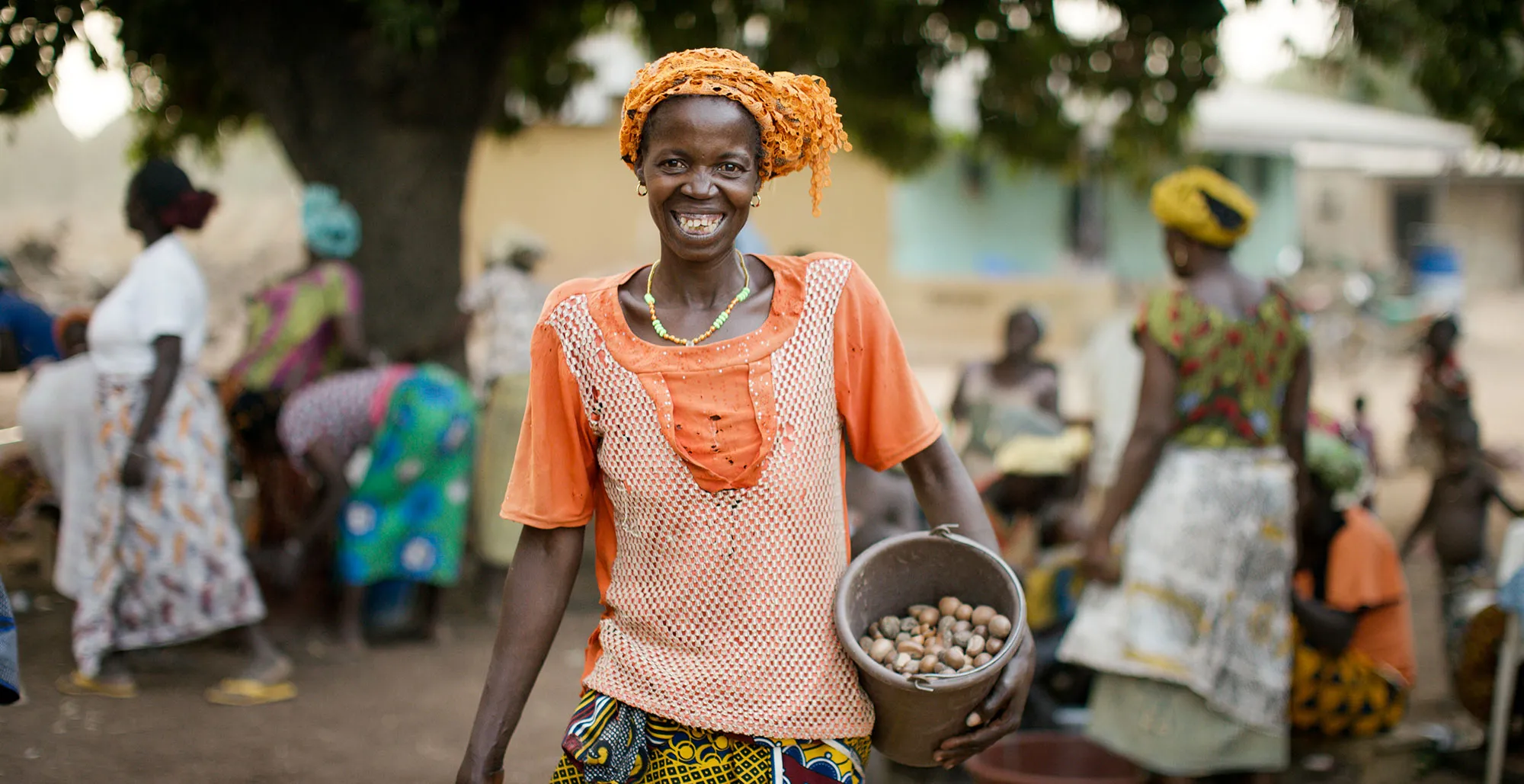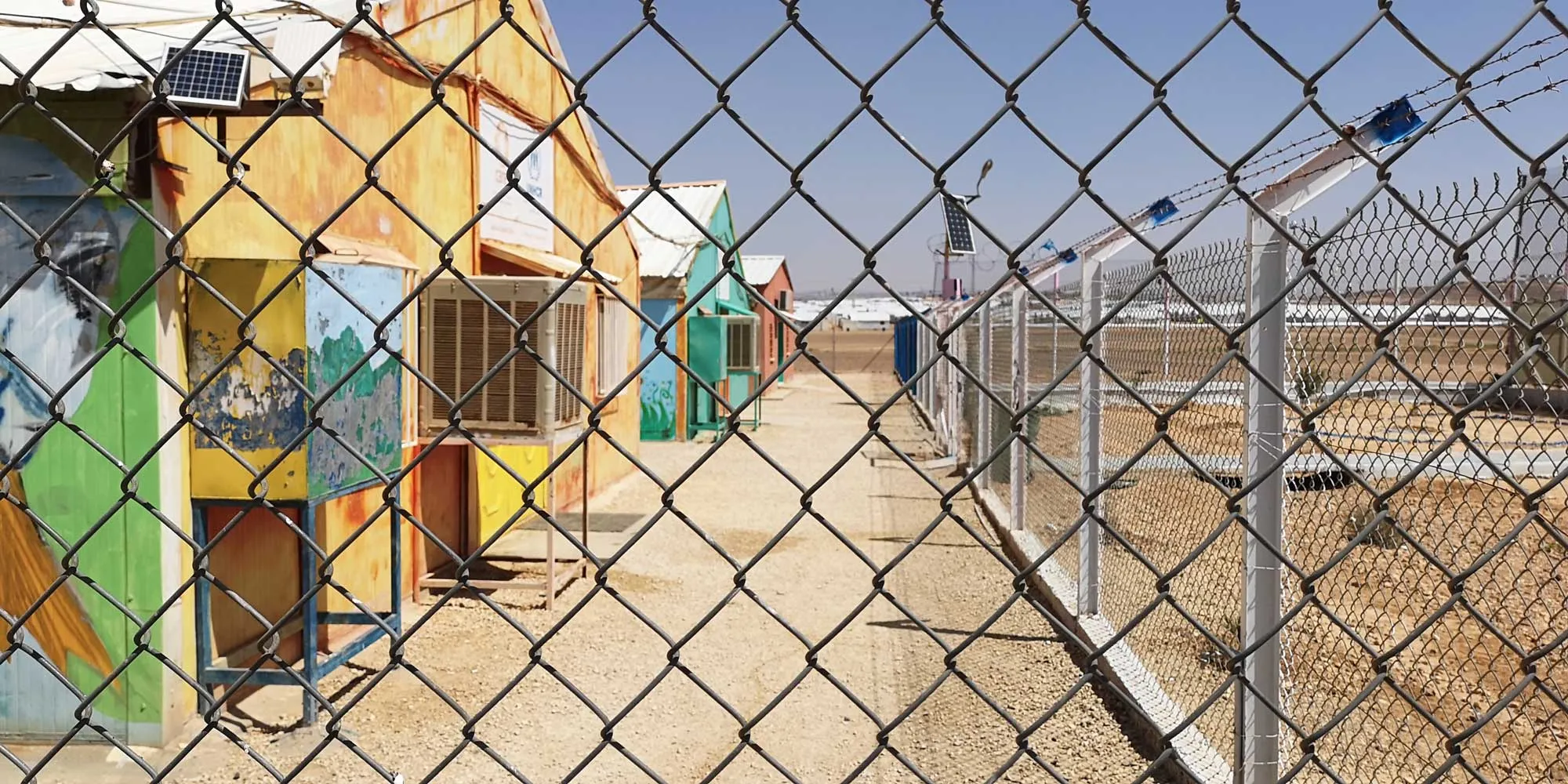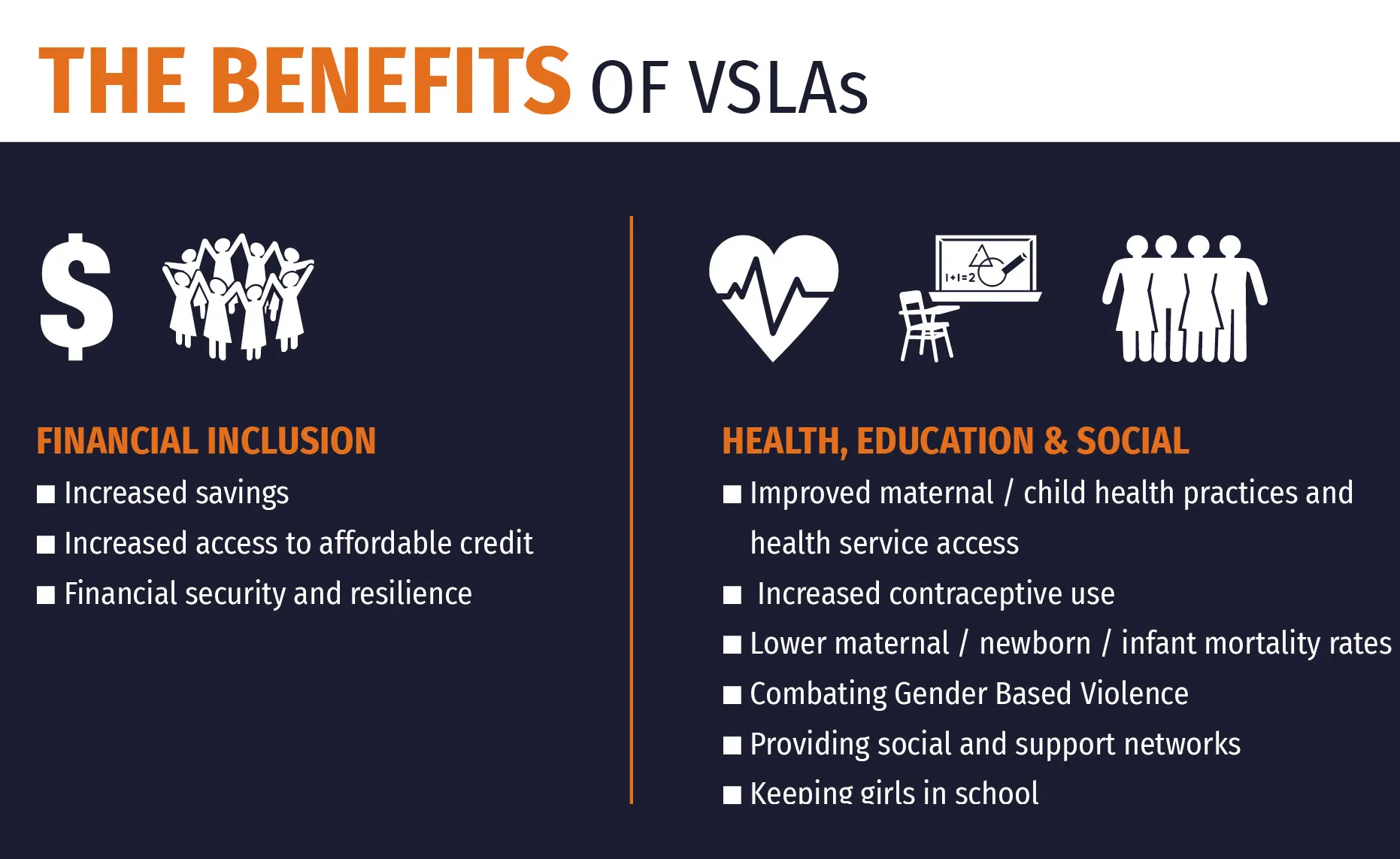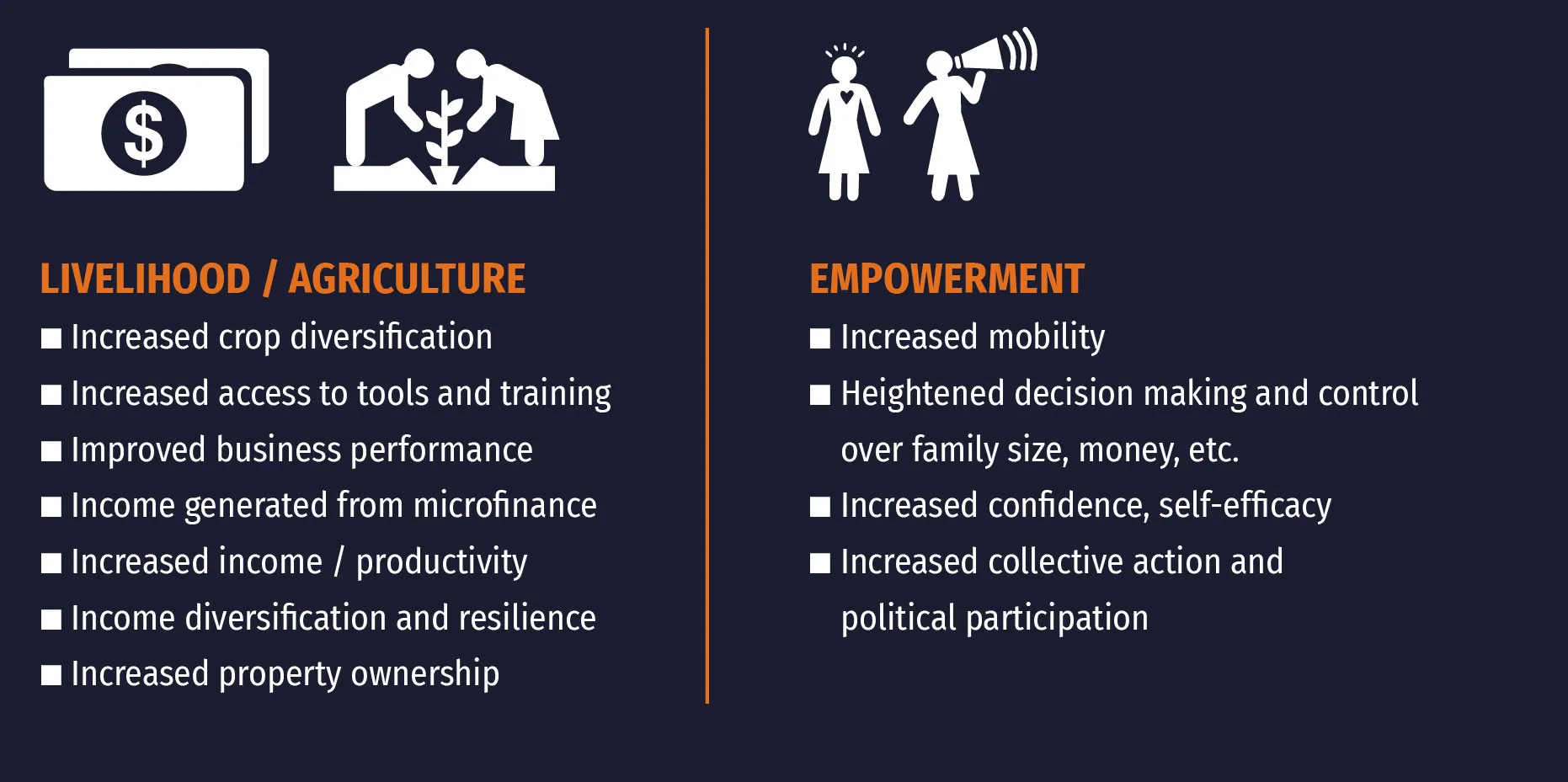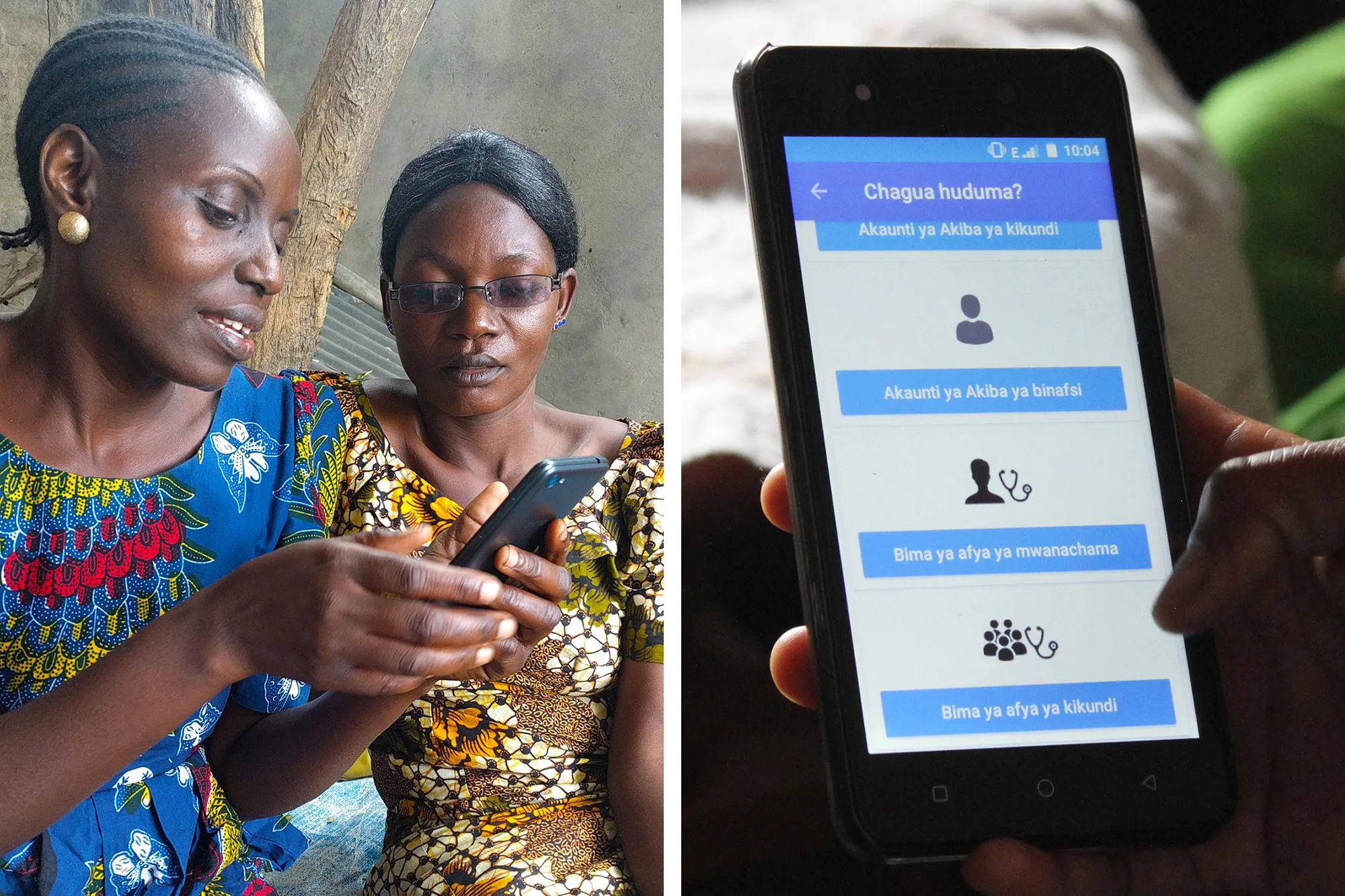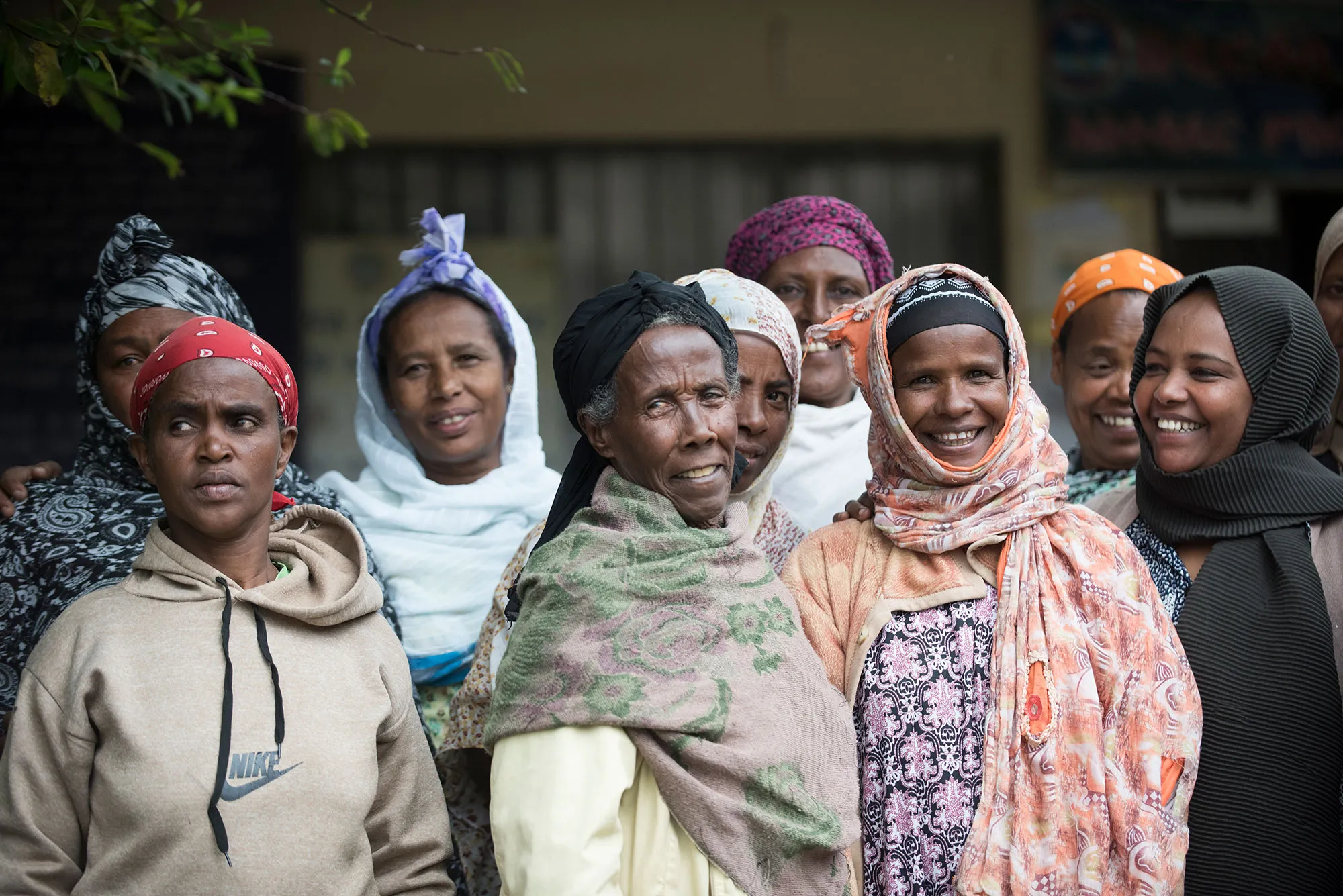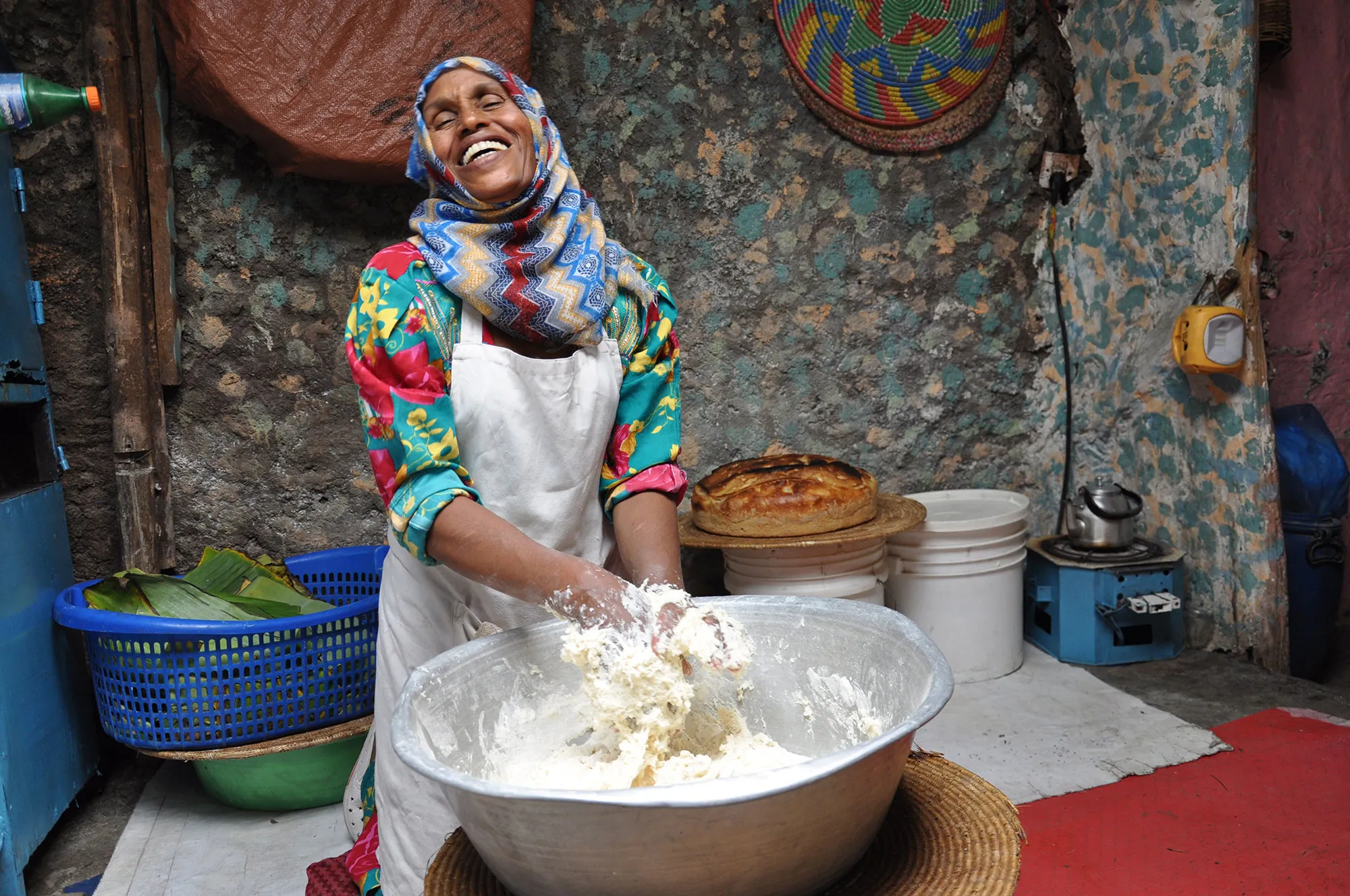Introduction
In 2018 we launched our Village Savings & Loan Association (VSLA) scaling strategy, with the target of reaching 50 million women and girls (62 million people) in countries with the highest rates of gender inequality and economic disparity, by 2030. Little did we know that we would be faced with a global pandemic that would have a catastrophic impact across multiple dimensions of women’s lives, deepening gender inequalities.
Our COVID-19 response has needed to be fast and agile. With the guidance of inspirational VSLA members across the globe, the support of our donors and the ingenuity of our partners, we have continued to adapt and flex. VSLAs have become a force for good during this pandemic, supporting community responses, sharing important health messages and re-focusing finances to adapt to the crisis. Despite the challenges, we have doubled the pace of new VSLA group formations, adding almost one million new VSLA members in 2020.
Our focus on scaling the VSLA model is now more important than ever, working hand-in-hand with governments and the private sector to develop scalable models for different contexts and sectors. Putting women at the center of this process remains essential and we continue to take our lead from women across the globe as they define their needs, priorities and ideas.
